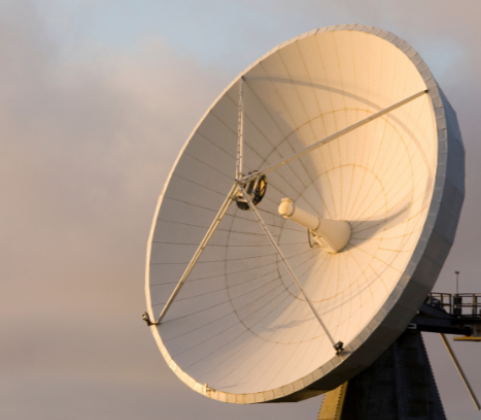Satellite vs LTE for back-up services
Network reliability can be something of a grudge purchase and even be seen as a “catch-22 situation”.
From a customer perspective, a high degree of service reliability is essential; yet this doesn’t mean that business users have an appetite for additional costs.
From a network architect perspective, the challenge is to find ways to enhance reliability without increasing costs.
It is interesting to note that physics and network fundamentals make satellite services the most effective, highest specification back-up services at the most affordable cost point.
This begs the question, why is satellite connectivity not used by every network engineer and specified in every customer request for a communications solution?
Key user requests
We live in the real world, with real challenges and daily risks to the successful implementation and operation of all forms of network.
Each of these challenges must be overcome in order to meet the demand for “anywhere, always-on” connectivity.
From a user perspective, the key requirements are actually rather simple:
100% Uptime
100% uptime, anywhere and all the time.
This means at all business premises regardless of the location and the status of the available fixed infrastructure.
It also means regardless of macro challenges such as power outages (scheduled load shedding or unplanned service interruptions), and damage to physical networks through cable theft or construction.
Low-cost
The second requirement is to limit the costs the end user must pay.
In today’s world “always-on” is the default expectation and business users especially, will not tolerate it being used as a justification for extra expenses.
Delivering on these requirements
While the user requirements can be neatly defined as reliability and cost, for the network architect these imply and necessitate demanding design requirements, including:
Power Resilience
Any network primary or back-up link must remain in service regardless of power disruptions or load shedding (a fact of life for the foreseeable future).
This applies to power disruption at the customer premises as well as at a network/utility company level.
Full National Coverage
A viable back-up network solution must provide guaranteed availability at all conceivable business locations.
This includes metro areas, smaller towns and other business hubs and regional offices nationwide.
Guaranteed SLA
Back-up network providers must be able to deliver on the service levels and site repair times contracted with the end user.
When the primary link fails, “best-effort” back-up service is likely to be found wanting.
Alternative, seamlessly integrated and managed
As entrepreneur Richie Norton has said, “Simplicity is complex. It’s never simple to keep things simple. Simple solutions require the most advanced thinking.”
Back-up networks are a good example of this – they must be seamlessly integrated with the primary network with full end-point management access and guaranteed service levels.
Cost
Customers will always want to pay less, which means that billing for a duplicate link is rarely an option.
The back-up solution must allow for “pay-per-use” or “included as part of the primary” costing models so that the value of “100% uptime” is not translated to a double charge for the link.
Satellite vs LTE
With the end user requirement defined as 100% availability at low-cost, and the five key network architecture requirements also factored in, we can now conduct a quantitative evaluation of satellite vs LTE for back-up services.
Coverage: Satellite provides 100% signal coverage at any location, whereas LTE is only available in selected areas in Eswatini.
LTE services can be further compromised through power outages and loadshedding.
Power: Satellite services are independent of any network power or possible loadshedding.
If the end user has their own onsite power supply (for example, solar power or a generator), then the satellite service should be uninterrupted.
While LTE services in many regions do not typically have to contend with power outages, the ongoing loadshedding situation has severely impacted the availability of LTE services.
Guaranteed SLA: Satellite service providers are mostly private operators who can readily commit to service uptime and site response terms within SLA, while LTE services tend to be provided by mobile network operators (MNOPs) and remain best-effort services, with no service site response guarantees built into their SLAs.
Integration and management: Satellite networks provide closed-end user network options with full end-to-end layer 2 integration and seamless management integration options.
LTE services in contrast remain a part of public mobile networks.
This limits the potential for them to integrate with end user services.
Low cost: Recent industry developments and the introduction of high throughput satellite have enabled a total change in satellite service costing models.
This has made possible service options at costs as low as 5c/MB (compared to LTE services at around 15c/MB).
Comparison of Satellite (blue) and LTE (orange) as a back-up service:
Conclusion
In the continuous drive to meet end user network requirements for 100% uptime and lower costs, a quantitative review of back-up services, as outlined in this discussion, clearly demonstrates the significant advantages that satellite connectivity offers over LTE.
Smart Satellite Services such as Twoobii, built and operated by Q-KON, provide a compelling value proposition as back-up services with “pay-per-use” billing models and 20Mbps data rates.
The question then becomes, is the prevailing view of LTE being the preferred back-up service option based on marketing conditioning or on objective data?


